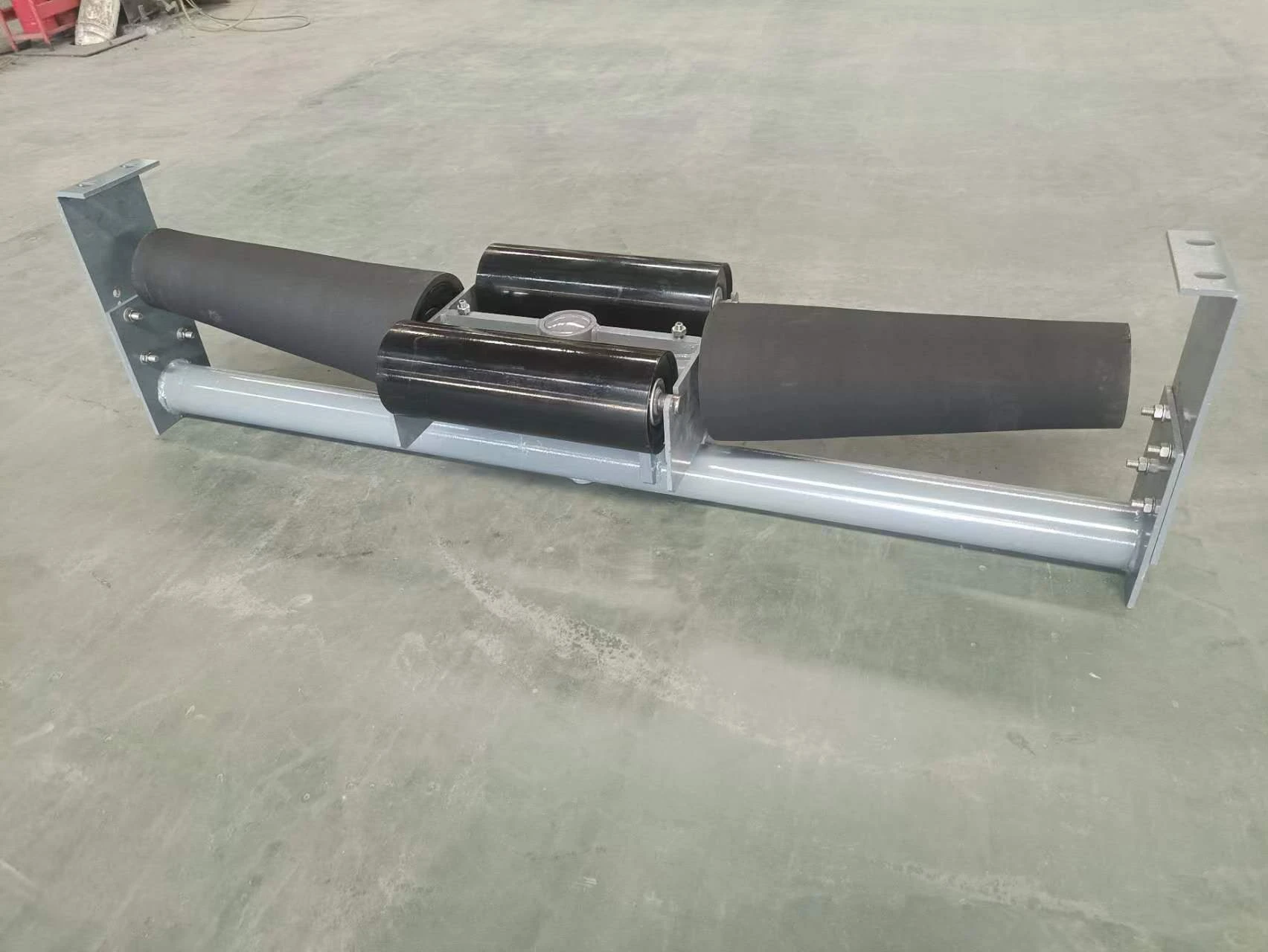carry idler
Understanding the Role of Carry Idler in Modern Engineering
In the realm of engineering and mechanics, the term carry idler refers to a crucial component in various types of machinery, particularly in conveyor systems and belt-driven mechanisms. While seemingly simple, the carry idler plays an indispensable role in facilitating the movement of materials, ensuring efficiency, and optimizing performance. This article delves into the function, significance, and innovative advancements related to carry idlers, highlighting their contributions to modern engineering practices.
The Function of Carry Idlers
Carry idlers are essentially support rollers situated beneath a conveyor belt. Their primary function is to provide support and maintain the belt's alignment as materials are transported from one location to another. By doing so, carry idlers reduce the friction between the belt and the supporting framework, allowing for smoother movement and longer belt life. This is particularly important in applications where heavy or abrasive materials are transported.
Additionally, carry idlers are often used to absorb and distribute the weight of the materials being carried. By spreading the load evenly across the conveyor system, carry idlers help to prevent excessive wear and tear on the belt, reducing maintenance costs and downtime.
Importance in Various Industries
The significance of carry idlers extends across multiple industries, including mining, agriculture, manufacturing, and logistics. In mining operations, for instance, carry idlers are deployed in conveyor systems designed to move vast quantities of ore, coal, or other raw materials from extraction sites to processing facilities. The durability and efficiency of these idlers are vital for maintaining productivity and ensuring that operations run smoothly.
In agriculture, carry idlers assist in transporting grain, fertilizers, and other agricultural products
. Their ability to handle varying loads and environmental conditions makes them ideal for outdoor applications. Similarly, in manufacturing and logistics, where precision and efficiency are paramount, carry idlers contribute to optimized supply chains by ensuring that products are moved swiftly and safely from one stage of production to the next.Advancements and Innovations
carry idler

As technology evolves, so too do the components that support industrial processes. Recent advancements in materials science and engineering have led to the development of enhanced carry idlers that offer increased durability, reduced maintenance, and improved efficiency. For example, idlers made from lightweight, high-strength composite materials can withstand greater loads while minimizing energy consumption.
Moreover, the integration of sensors and smart technology in conveyor systems has opened new avenues for monitoring the performance of carry idlers. Predictive maintenance technologies can analyze data from idler performance, identifying potential issues before they lead to system failures. This proactive approach not only reduces downtime but also enhances overall system reliability.
Another innovative trend is the design of self-aligning carry idlers. Traditional idlers can sometimes lead to belt misalignment, causing operational inefficiencies and increased wear. Self-aligning idlers automatically adjust their position based on the belt's path, ensuring proper alignment and reducing the likelihood of belt slippage or damage.
Environmental and Economic Considerations
The role of carry idlers also intersects with environmental and economic concerns. Energy consumption in industrial operations is a significant factor in both economic viability and environmental sustainability. By reducing friction and wear, advanced carry idlers contribute to lower energy requirements for conveyor systems, resulting in decreased operational costs and a lower carbon footprint.
Additionally, the longevity and reliability of carry idlers help reduce the frequency of replacements, aligning with principles of sustainable manufacturing. By minimizing waste and maximizing the lifecycle of components, industries can contribute to a more sustainable future.
Conclusion
In conclusion, carry idlers may be small components in the vast machinery of industrial operations, but their impact is substantial. From ensuring operational efficiency to supporting sustainability efforts, these idlers play a vital role in modern engineering. As technology continues to advance, the evolution of carry idlers will undoubtedly enhance their effectiveness and broaden their applications, paving the way for more efficient, reliable, and environmentally friendly industrial practices. Understanding and investing in the role of carry idlers is essential for any industry looking to thrive in today's competitive landscape.
-
Impact Roller for Belt Conveyor – Durable Solutions for IndustryNewsNov.24,2025
-
Rubber Conveyor Rollers – Quiet, Durable, Sealed BearingsNewsNov.24,2025
-
Industrial Conveyor Belt Rollers: Durable Solutions for Harsh EnvironmentsNewsNov.24,2025
-
Idler Rollers for Belt Conveyors | Durable, Low-Noise OEMNewsNov.24,2025
-
Durable Rubber Conveyor Belt Rollers for Industrial UseNewsNov.24,2025
-
Ceramic Lagging Conveyor Pulley – Anti-Slip, Wear-ResistantNewsNov.17,2025






























